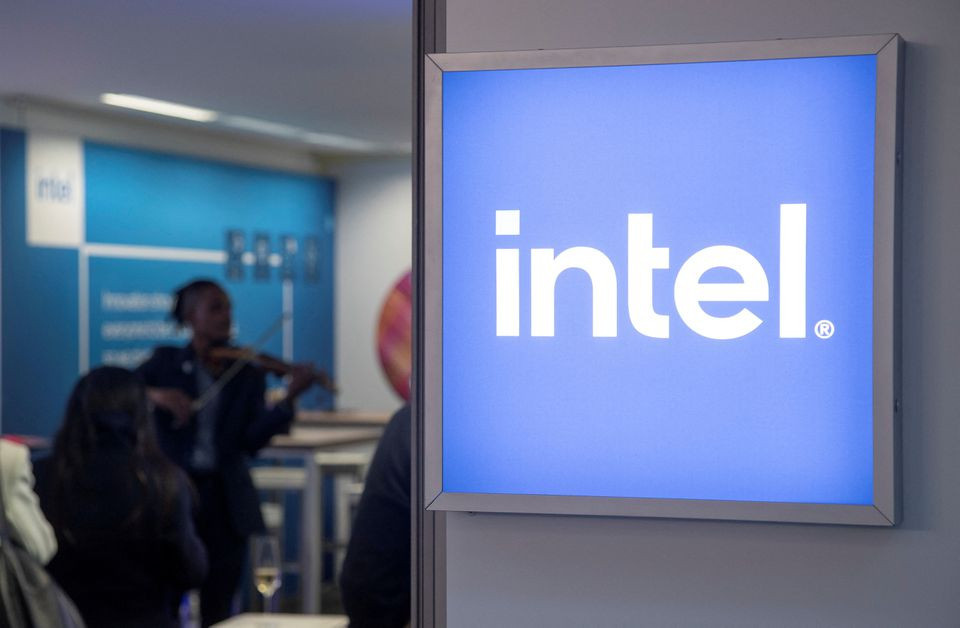Intel (INTC.O) is embarking on a monumental $100 billion spending spree across four U.S. states, fueled by $19.5 billion in federal grants and loans and seeking an additional $25 billion in tax breaks. The heart of this investment is a groundbreaking move to establish the largest AI chip manufacturing site globally near Columbus, Ohio, projected to commence operations by 2027.
This ambitious plan also entails refurbishing facilities in New Mexico and Oregon and expanding operations in Arizona. Intel’s initiative aligns with President Joe Biden’s push to rejuvenate advanced semiconductor manufacturing in the United States, a move buoyed by federal funds under the CHIPS Act.
The investment is pivotal for Intel, which aims to reclaim its position as the leading chip manufacturer. Over the past decade, the company ceded ground to competitors like Taiwan Semiconductor Manufacturing Co (TSMC), leading to shrinking profit margins. CEO Pat Gelsinger acknowledges the need for government support to execute Intel’s comeback strategy effectively.
Approximately 30% of the $100 billion budget will cover construction costs, with the rest allocated to procuring chipmaking tools from industry leaders like ASML, Tokyo Electron, Applied Materials, and KLA. Gelsinger anticipates Intel’s emergence as a significant player in the foundry market for cutting-edge chips within three to five years, although surpassing TSMC may require additional investment and time.
Despite the federal backing, Intel faces pressure to demonstrate competitive prowess against Asian rivals. The company’s pivotal role in U.S. interests, highlighted by its U.S.-centric workforce, technology, and supply chain, underscores the importance of fostering a robust domestic chip manufacturing sector.
While Gelsinger acknowledges the protracted nature of rebuilding the semiconductor industry, the infusion of “smart capital” presents a critical opportunity for Intel to fortify its position and propel the nation’s chip manufacturing landscape into the future.

